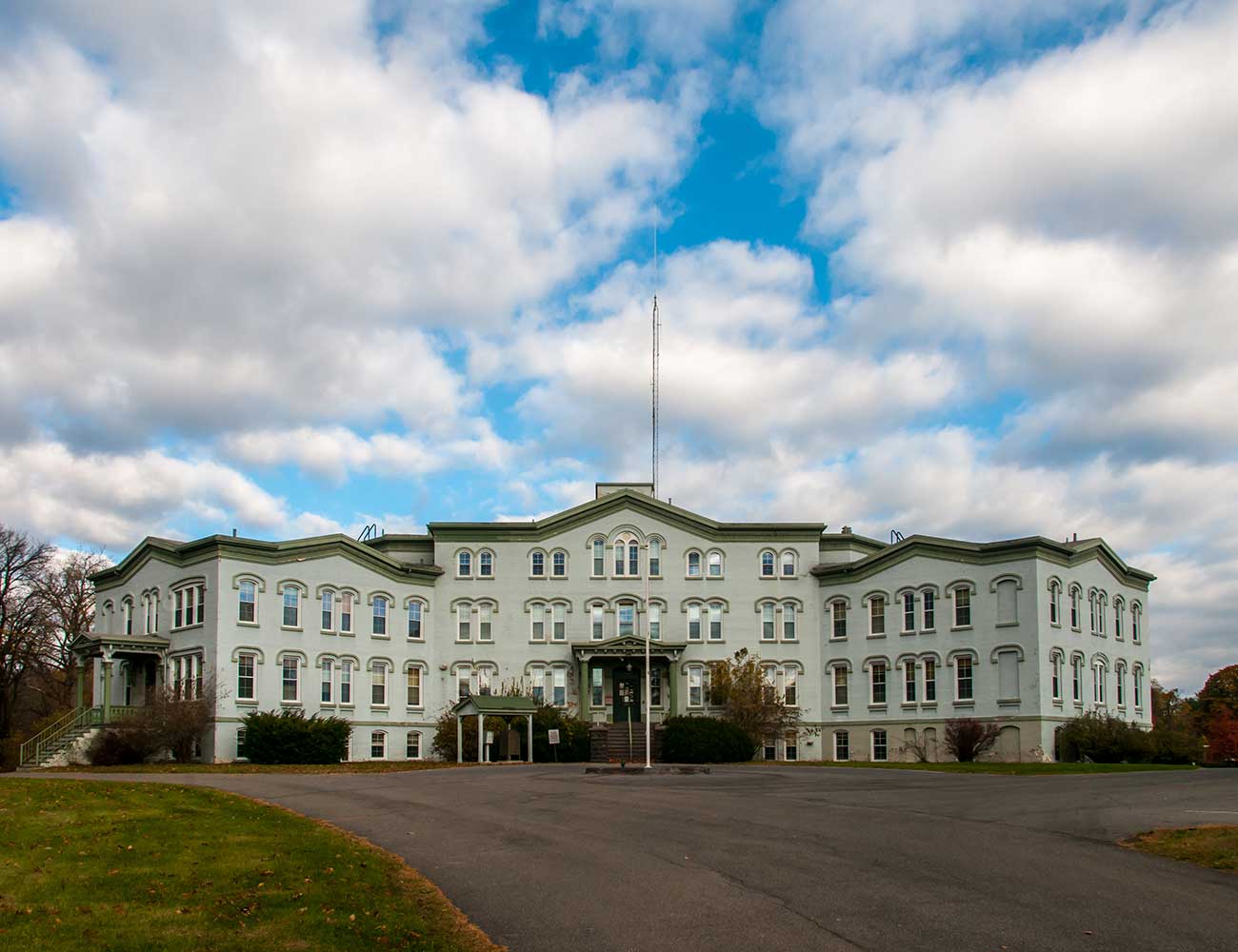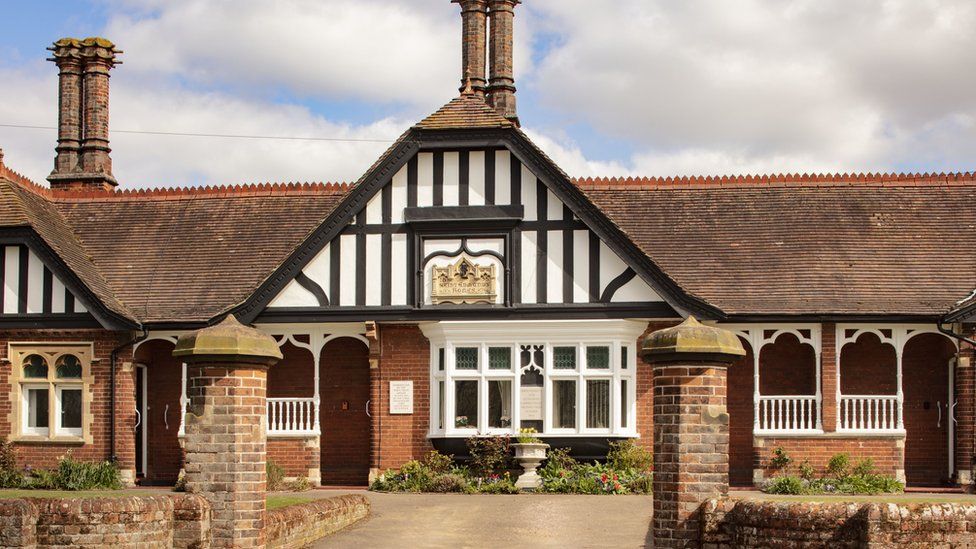Table Of Content

Gradually American reformers hoped to move those they considered the “undeserving poor” into almshouses or poorhouses, if they gave them any help at all. Aid for those who received help at home was called “outdoor relief,” as you did not have to give up your home and independence to move into an institution, which was called “indoor relief.” Settlement was extremely hard for poor people to achieve. Particularly after the great immigration of the mid-nineteenth century, many states raised the number of years a person had to live and pay taxes in one town to as high as seven years to qualify for residence. Women, who were not seen as citizens, could gain settlement only if their husbands or fathers had this record of settlement.

Peppercorn rents: not to be sneezed at
Inside the new breed of almshouse - Financial Times
Inside the new breed of almshouse.
Posted: Fri, 15 Sep 2023 07:00:00 GMT [source]
The definition of edges created by shadows was also economical, as expensive trim could be removed from the design. Though the exterior of the house is glass, steel, and concrete, the interior features more natural materials and wood ceilings. The house that launched architect Craig Ellwood's career and the first building he designed after establishing his own practice in 1949, described as one of three seminal postwar California houses. In 2018, the latest figures available, there were 2,500 people aged over 60 who were officially homeless – double the number in 2009.
Support us
The Bettering House was, at the time, the largest building in the American colonies and a source of great pride for Philadelphia. Surrounded by lavish pleasure gardens, the institution was an attraction visited by wealthy Philadelphians and travelers, who reported in their diaries about having dined or taken tea in the gardens. Some, however, were repulsed to be surrounded by such splendor while observing the poor as though they were animals in a zoo. “It shouldn’t be as hard as the federal government makes it for America’s small businesses to apply for and to win a federal contract,” LaLota said during a House Committee on Small Business markup last week. Reps. Nick LaLota, R-N.Y., and Shri Thanedar, D-Mich., say that their Plain Language in Contracting Act is meant to ensure that small businesses have access to federal contracting opportunities. Introduced last Monday, the proposal would require agencies to use plain language in certain procurement notices pertaining to small businesses, like requests for proposals and solicitations.
Public Tours
In the main building, white men and women lived in the front wing (on separate floors) and African American women lived in the back wing. The Almshouse superintendent reserved the first floor for himself and his family, along with any resident physicians and other privileged employees. Royal servants who could no longer work or favourite soldiers who had lost a limb were sent to monasteries, hospitals and almshouses. Wealthy people who had no family to look after them could buy a corrody that provided for their support. More is known about them than poorer inhabitants, as their terms of entry were written down. At the Hospital of St Mary and St Cuthbert, at Greatham in Co Durham, Matthew Lardener had a private room, meals at the chaplain’s table, a servant, fodder for a horse and a gown, renewed every year, which was suitable for a squire.

Israeli officials concerned about possible ICC arrest warrants as pressure mounts over Gaza war
Ledgers containing death certificates offer types of illnesses patients suffered succumbed to, while hospital ledgers include information on illnesses suffered from. Census Ledgers provide the most detailed information about the various facilities with numbers being taken on a daily basis. Dating to the 17th century, the almshouse was often used as a dumping ground for a wide range of disadvantaged and vulnerable people, including those experiencing homelessness, poverty, illness, disability, and discrimination.
To dispense with the poor while simultaneously raising money, almshouses across the colonies engaged in bonding out children. This involved indenturing children and even young adults to paying members of the community, who in return agreed to teach their charges useful skills and in some cases to educate them to some degree. Children could easily be forcibly removed from their parents who would never see them again.
Share:
Federated charities such as AgeUK, and philanthropic networks such as the Community Foundation, are able to provide research, funding and support on a national scale but are subject to significant pressures. Coupled with this, income and health inequalities are becoming more acute, while services and support for older people, often poorly funded by the public purse, have faced significant financial constraints. Inequalities tend to compound over time, the effects of cumulative disadvantage over the life course taking their toll in terms of health, housing and mortality. At first glance, almshouses are an anachronism, often dainty, charming cottages placed nonchalantly among the bustle of modern cities. The vast majority are registered charities that provide accommodation to older adults at discounted rates, but some also provide free accommodation with additional services, allowances and gifts. Based on a medieval chantry built in 1362 and partly rebuilt in 1598, the almshouses were endowed by Sir John de Cobham and his descendants.
More From the Los Angeles Times
Other recently completed social housing projects include a triangular apartment block enlivened by red accents in Barcelona and an "eclectic" housing block that draws on nearby historic villas in Paris. Otherwise the building is largely unchanged and generally in reasonable condition. The building was designed by Edward I’Anson, a renowned London architect and surveyor. The façade is a significant feature of the building and makes an impressive piece of streetscape. “Part of the idea of this project is to give faces to the poor people of the time,” said project leader Gay Malin, a facial reconstruction specialist with the New York State Museum. In 1943, the Towson Jeffersonian profiled Fannie Williams, a 104-year-old African American woman and the oldest occupant of the Almshouse.
The Social Security Act’s prohibition against federally aided old-age assistance to residents of public institutions reflected a conviction that county homes were unnecessary. Recognition of this need came in the 1940s, a time of increasing public awareness of the lack of adequate facilities for those people experiencing chronic illness. As a result, a number of U.S. states passed legislation encouraging the conversion of county homes to other types of institutions and forms of social support. In addition, social security benefits and, later, Medicaid substantially lessened reliance on public homes until they became effectively obsolete.
John Scott, senior community development training specialist, started working at the school in 1992. Staff members were always aware that there was a cemetery just off the school's basketball court, but no one knew much about it, other than that wildlife ran through. We, the Trustees, believe that residents should enjoy independence and privacy while living in comfortable and secure accommodation.
The philanthropic legacy of Britiain's almshouses and those you can visit today - British Heritage Travel
The philanthropic legacy of Britiain's almshouses and those you can visit today.
Posted: Tue, 23 Jan 2024 08:00:00 GMT [source]
Help us share the Eameses’ joy and rigor with future visitors, so they mayhave a direct experience of Charles and Ray’s approach to life and work. Sent every Thursday and featuring a selection of the best reader comments and most talked-about stories. Students will be asked to contemplate “what does it mean to be stripped to a number,” a situation that sometimes befalls juveniles who enter the criminal justice system, Moore said. It has to be us,” said John Hill, chairman of the Cranston Historical Cemeteries Commission, another partner in the project. Tucked behind the Rhode Island Training School lie some 1,049 headstones marked not with names but with numbers.
The administration also has its eye on small disadvantaged businesses in particular — the Office of Management and Budget has a goal for the federal government to award 13% of its contract spending to these businesses in fiscal 2024. "[Harriet Hardy House is] planned around the idea of progressive privacy, that is of giving residents independence as well as strong connections to the support and communal facilities within the building," explained the studio. London studio Mae Architects has created Harriet Hardy House in Southwark, a block of 119 social homes complete with a community centre and cafe.
One reason for their establishment in the middle ages was a lack of alternative welfare provision; they prevented poor older people from falling into vagrancy. Almshouses, as many charities are, are products of necessity and the consequence of inequality. As overcrowding, disease, malnutrition and crime became rampant in the Almshouses, they became synonymous with the very worst of New York City.
The last two superintendents, who served from 1907 to 1959, were father and son, John P. and William Chilcoat. On balance, the Chilcoats seemed to earn more praise than their predecessors for their care of residents and effective oversight of the farm. William Chilcoat, for instance, was credited with lobbying successfully to secure County funds in 1938 to add more meat and eggs and otherwise upgrade the residents' diet. Almshouses are a charitable form of self-sufficient, low-cost community housing held in trust for local people in housing need. This year marks the 75th anniversary of the Almshouses Association, which represents 1,600 of the some 2,000 almshouses still in the country.
As the eighteenth century progressed, attitudes began to change away from just feeding and clothing the poor, toward reforming and teaching them skills. Benjamin Franklin ( ) expressed his opinion that poor relief itself (meaning handouts) caused indigence. Almshouses began to employ their tenants in attached workhouses, where they were made to weave cloth, manufacture and repair shoes or linens, make buttons, and other such activities. These tasks were meant to defray the costs of running the almshouse while teaching the inmates morality through labor. The products of task work proved unprofitable due to a combination of corruption and mismanagement, and inmates resented being made to work for no pay.
This is an idea that is quite simply incompatible with modern Britain – even with the best of intentions, boards of trustees, who often suffer from a lack of diversity, are not best placed to make such universally important decisions. Almshouses were originally established by local landowners or clergy to provide respite for ageing churchmen. Admittance later expanded to embrace pious individuals who shared the faith, or other beliefs of the philanthropist, or who happened to live on the estate, in the parish, of a benevolent philanthropist. For 800 years, the Eastbridge Hospital has been giving shelter and help to pilgrims, soldiers, local societies, and schoolchildren. For four centuries it has been a permanent home to a number of elderly people.

No comments:
Post a Comment